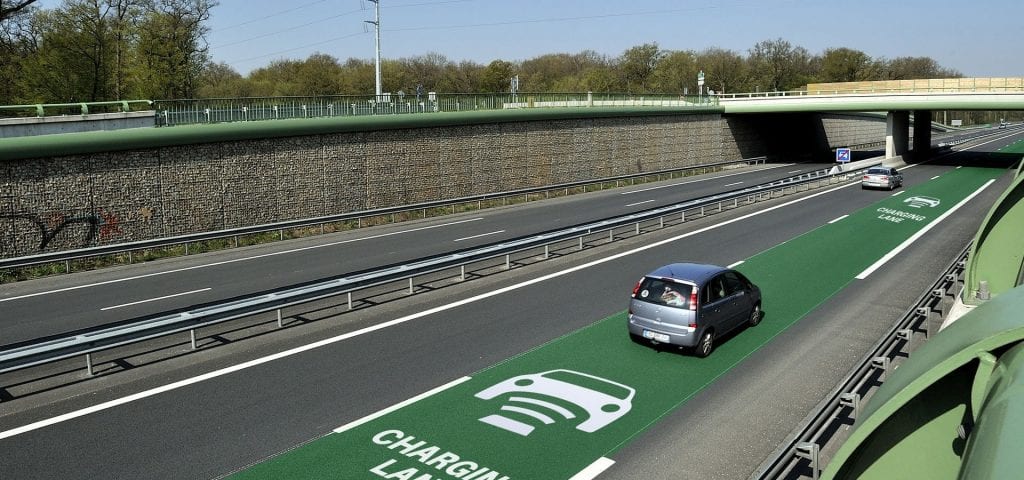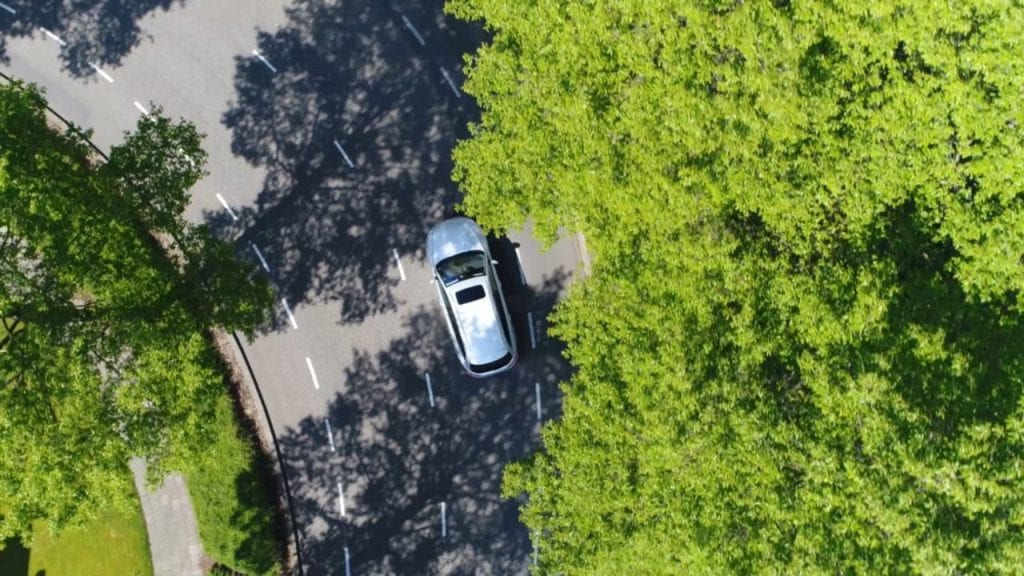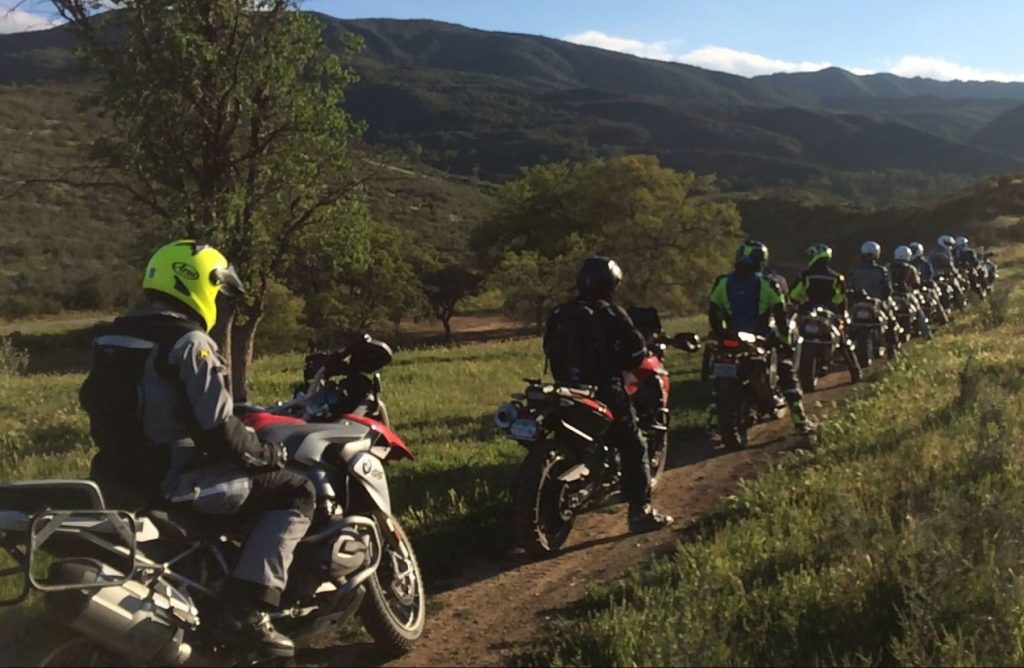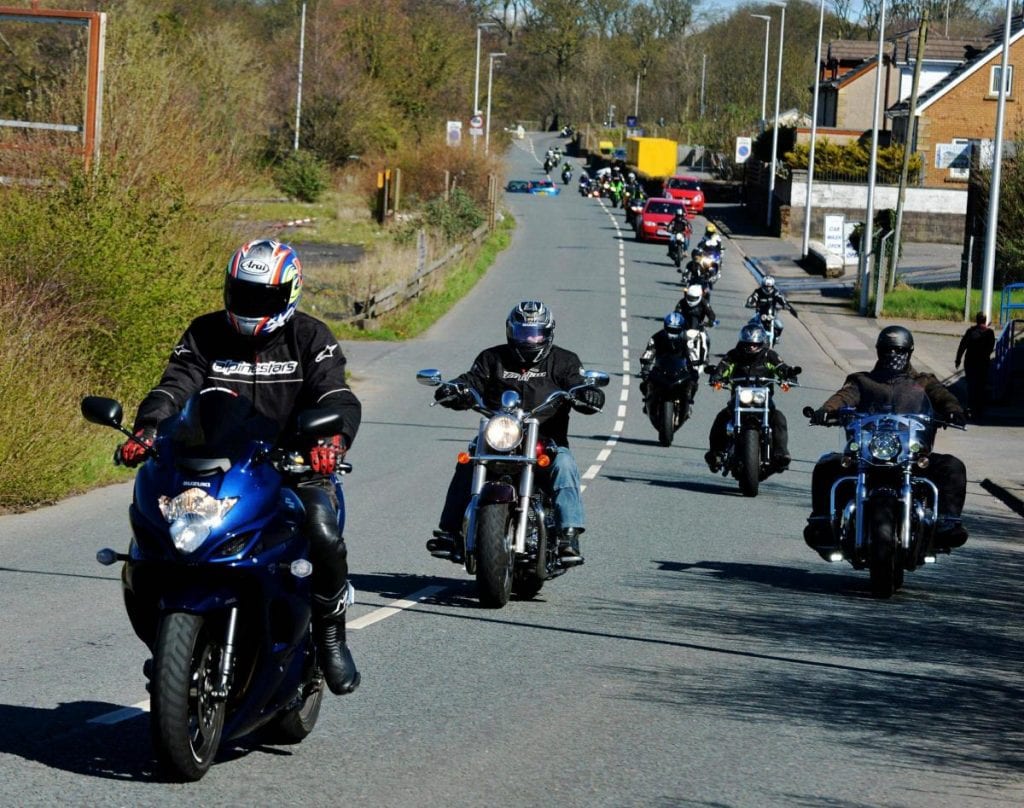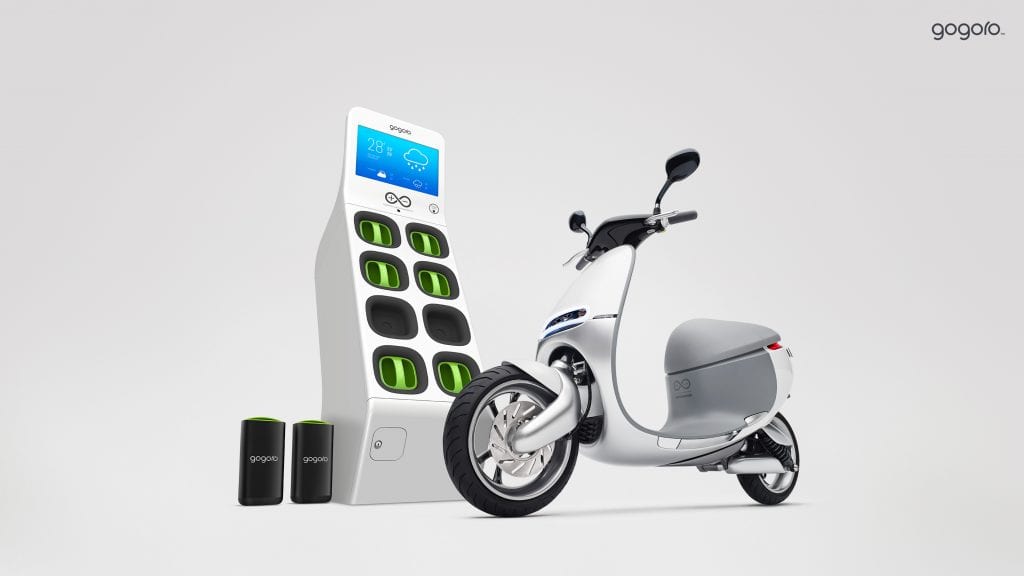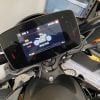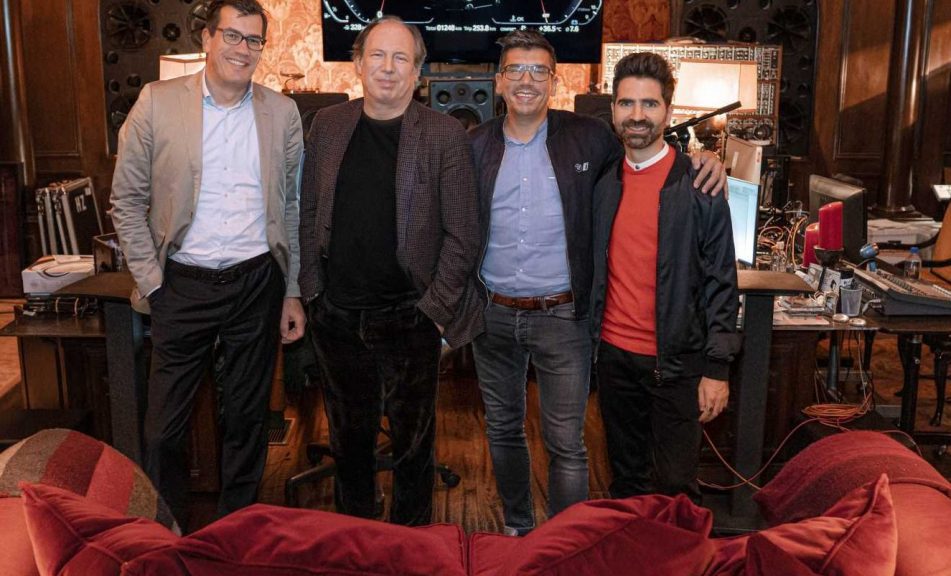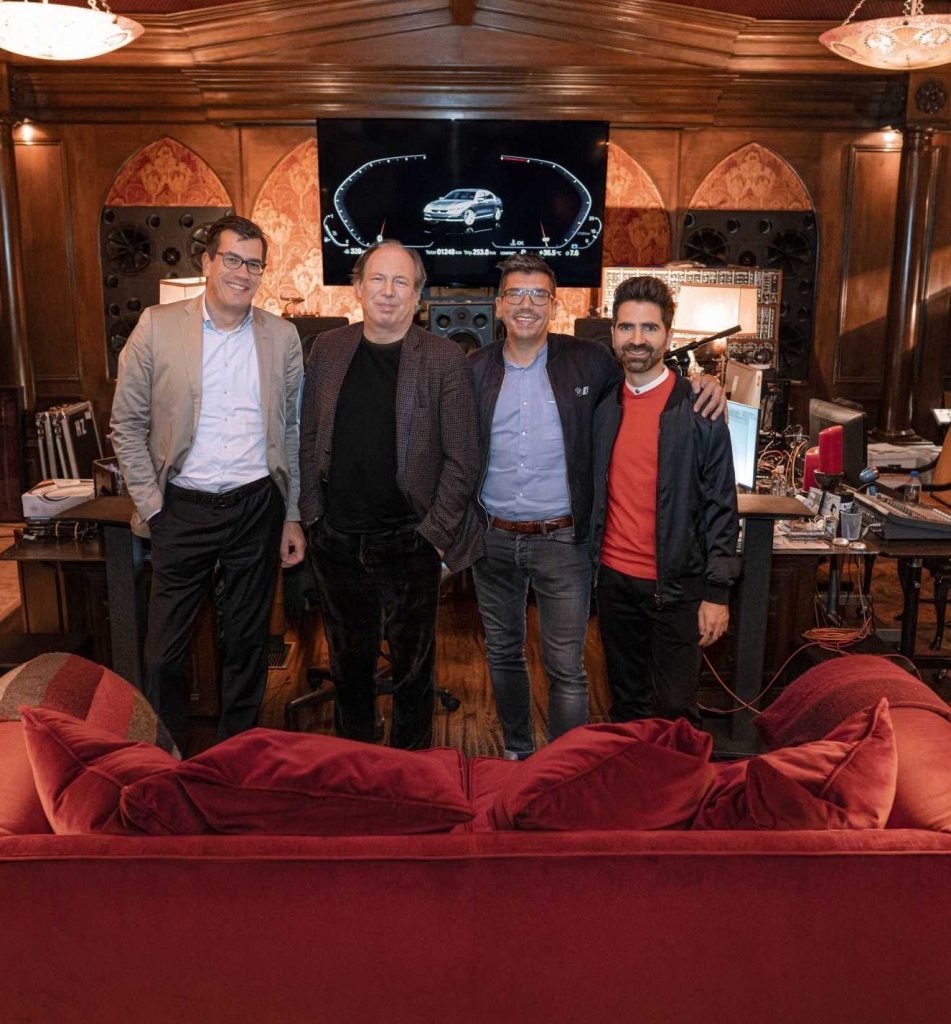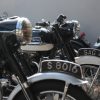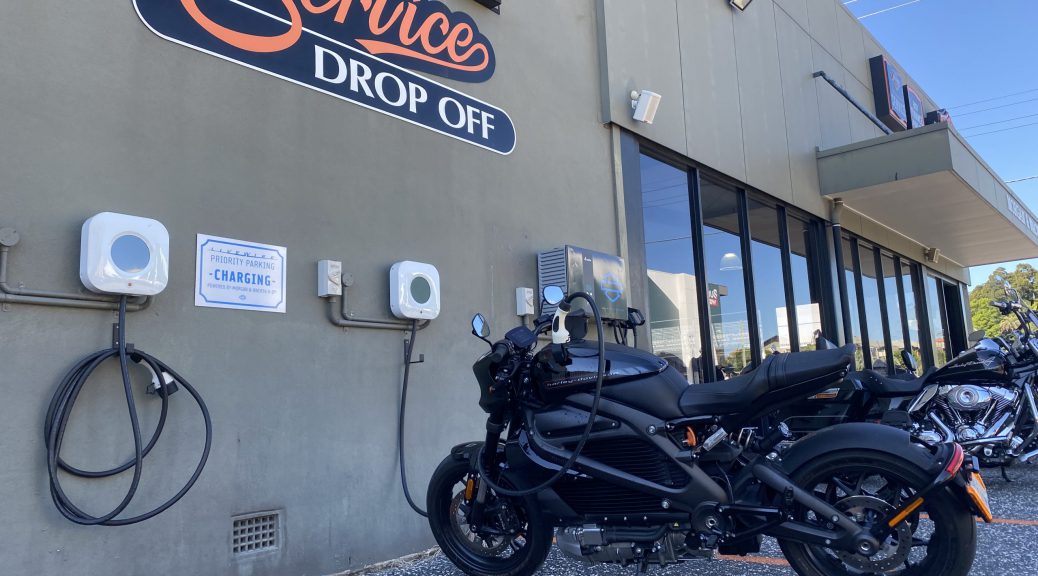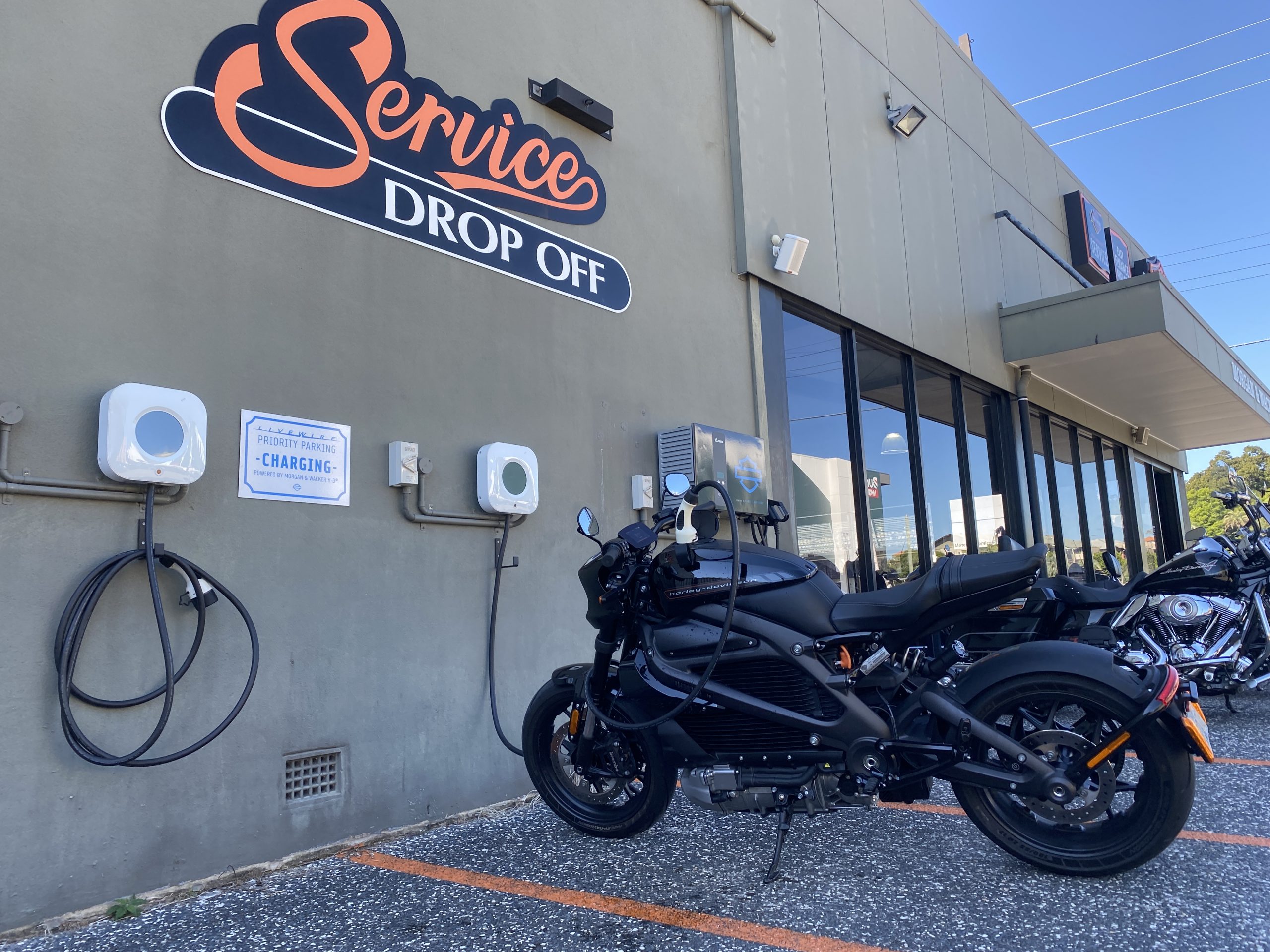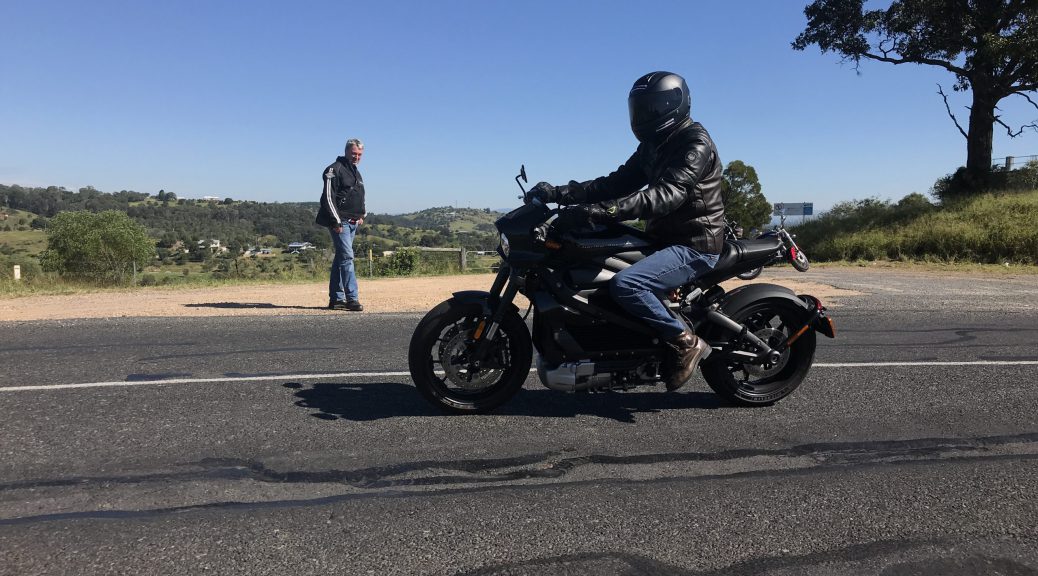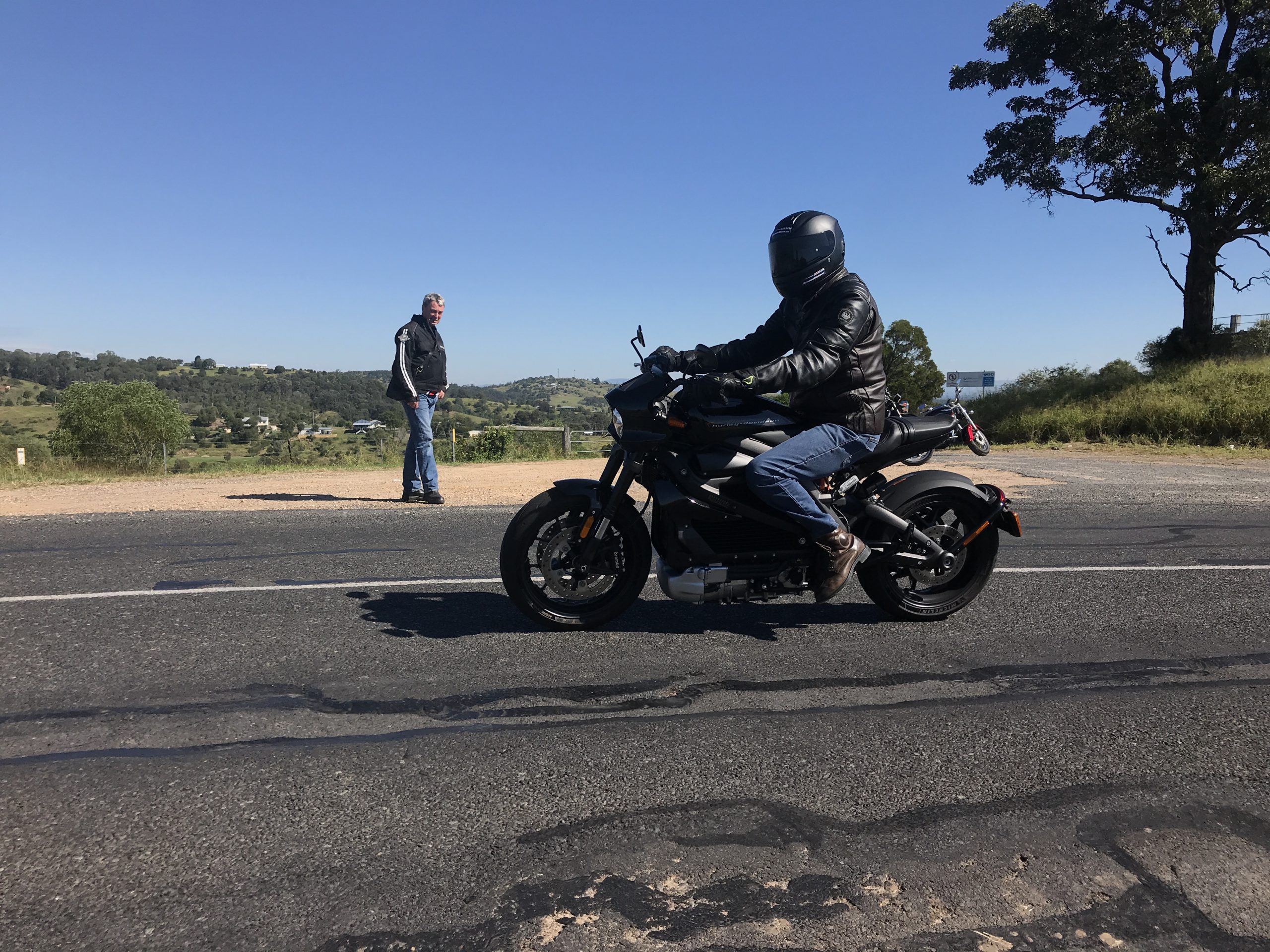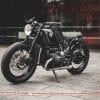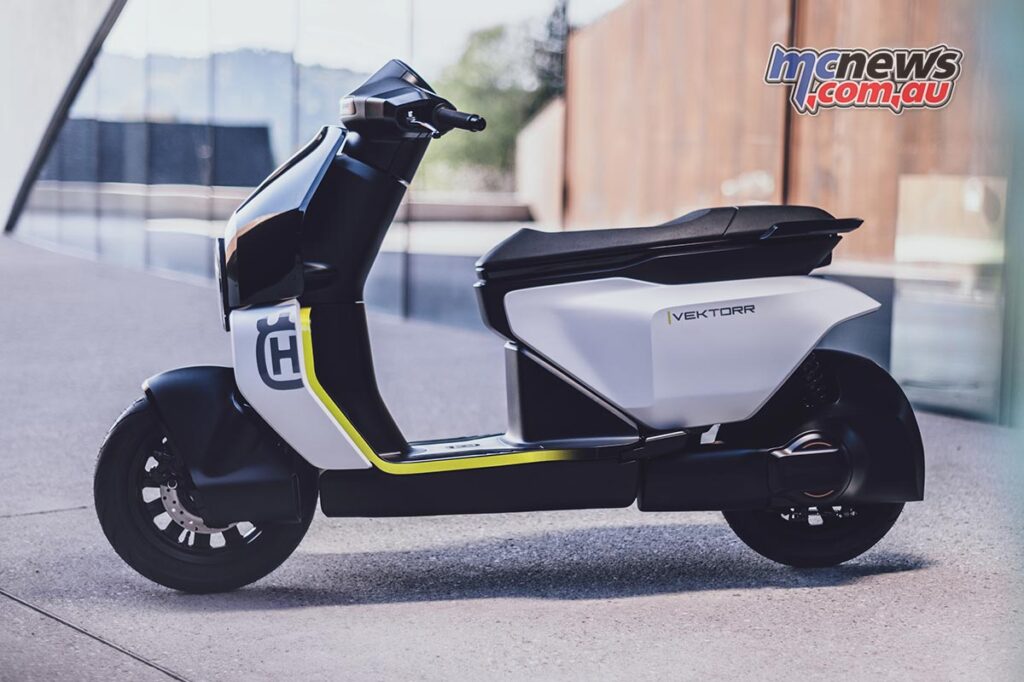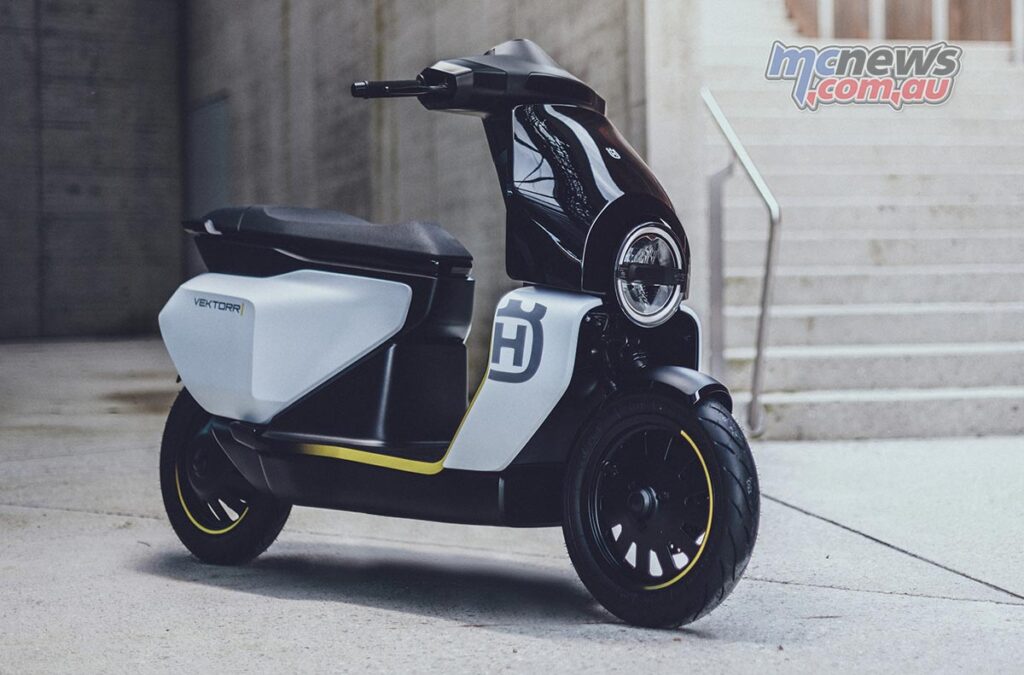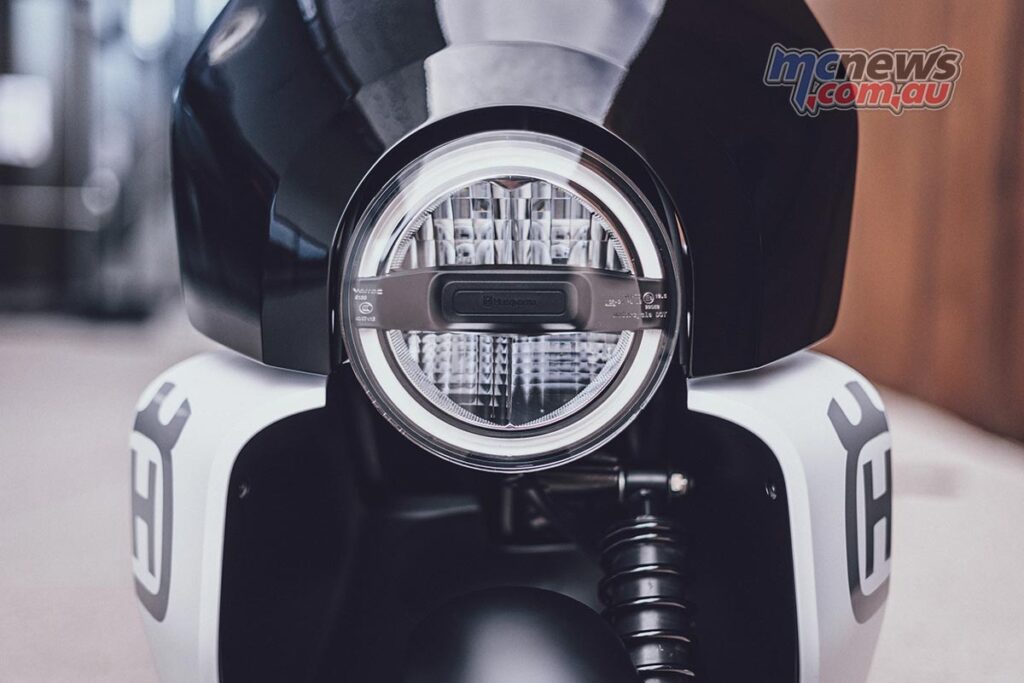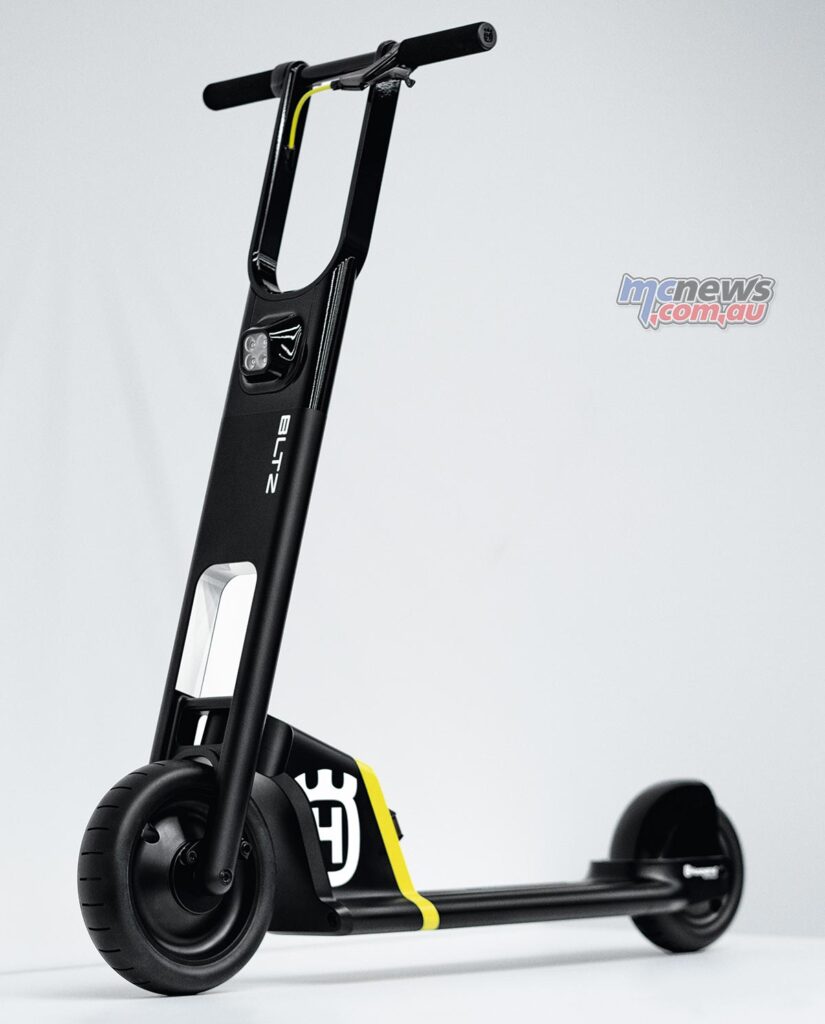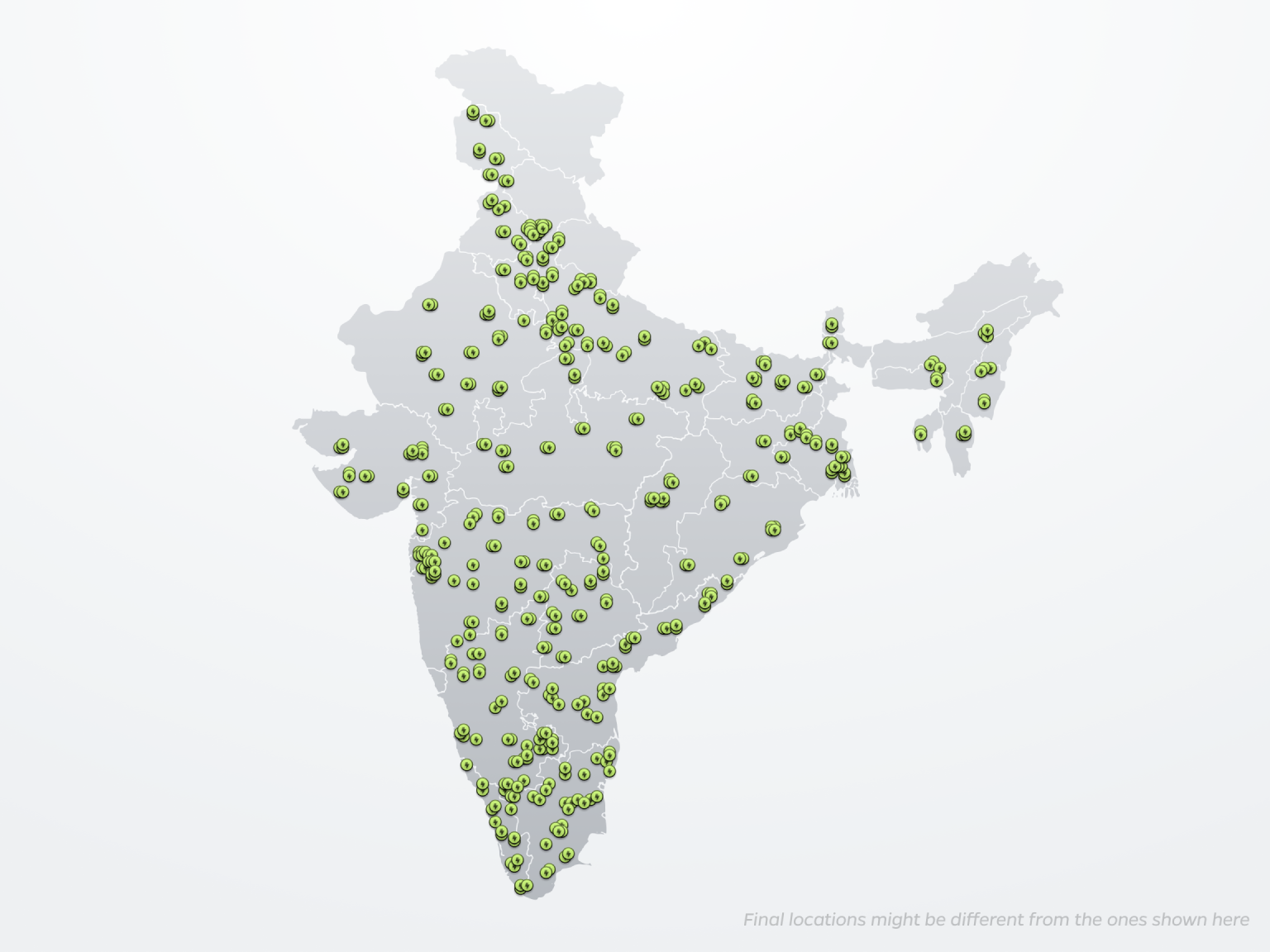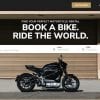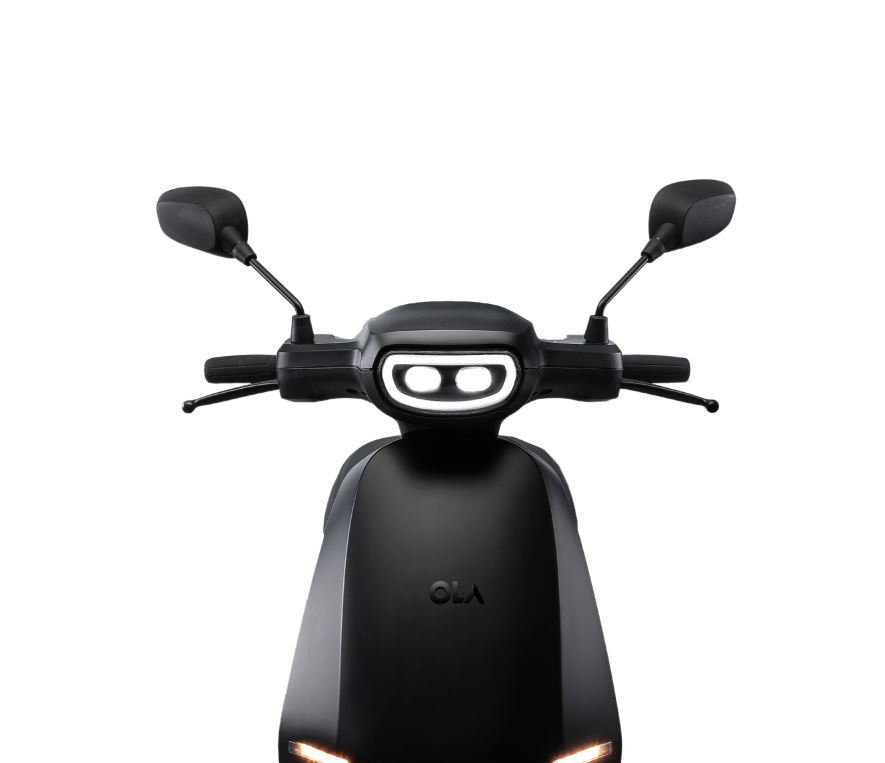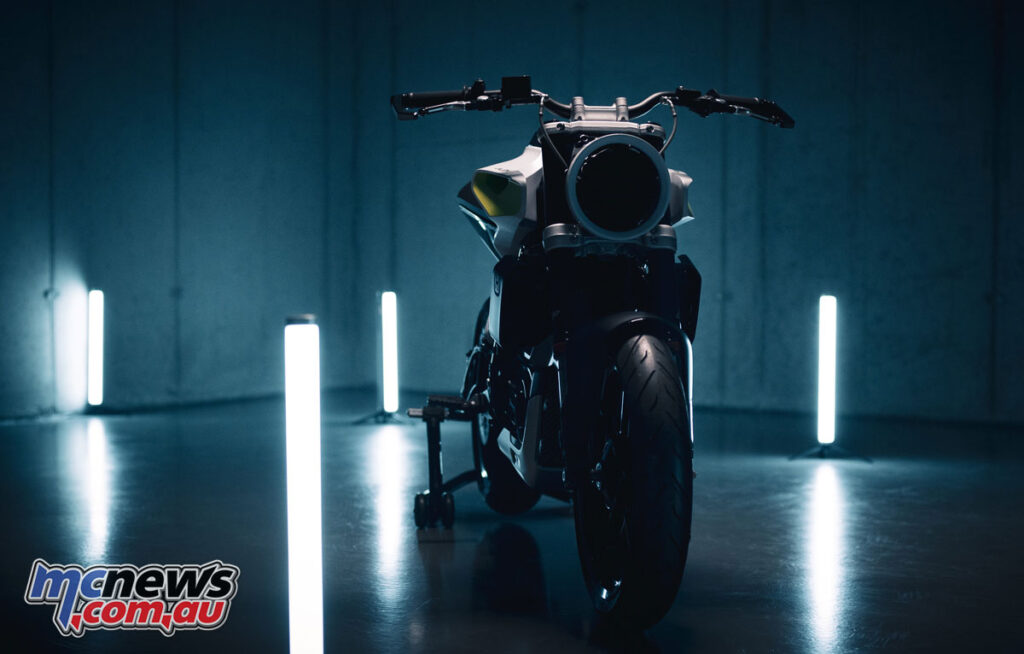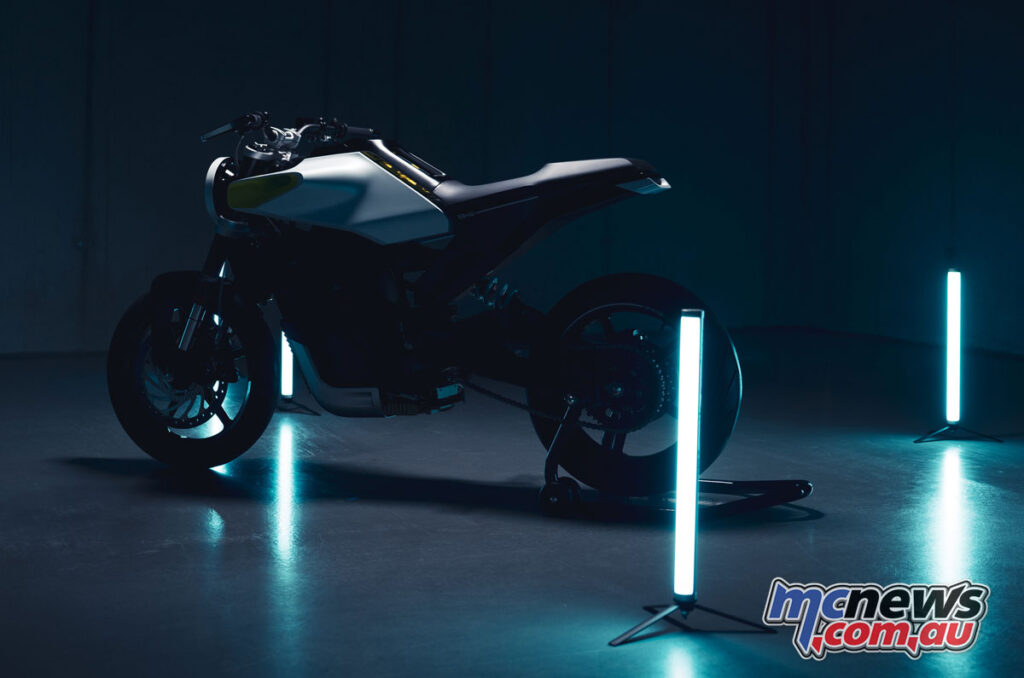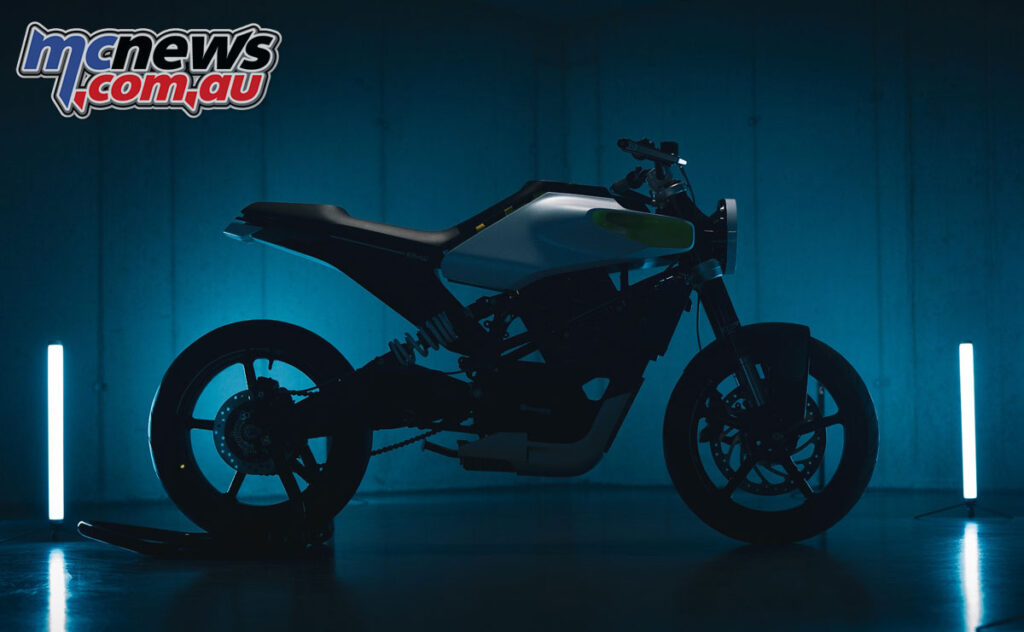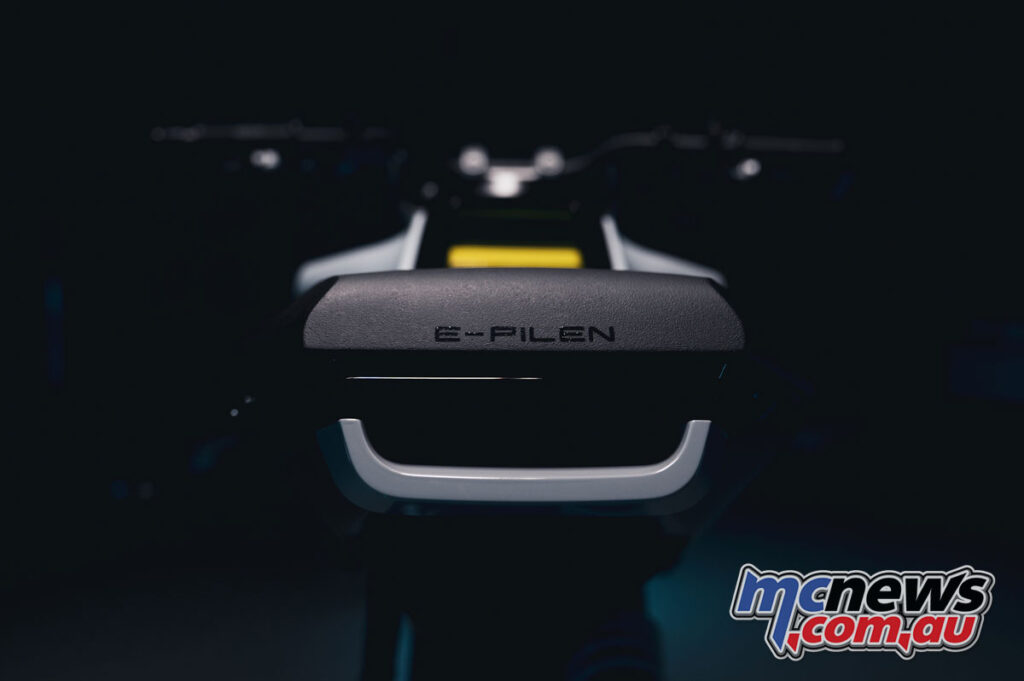Piaggio One
The Piaggio One marks the arrival of a new generation of e-scooters which the Italian brand describes as light and easy to ride while still delivering the traditional content of Piaggio scooters – quality, reliability and a robust chassis. It has just been launched in Beijing on Tik Tok, targeting younger riders.
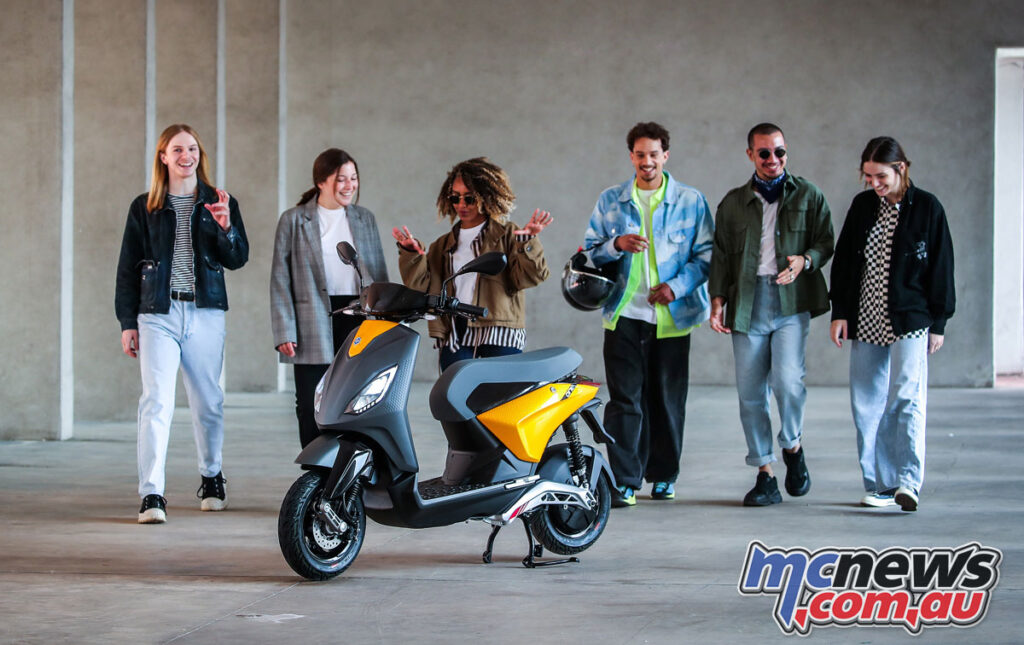
The Piaggio One features technology such as a digital colour instrument panel with a sensor to adapt the background and luminosity to ambient conditions, full LED lights, a keyless start system, two motor maps.
Piaggio promise a comfortable riding position, a low seat, a flat roomy footplate, plus practical and robust pull-out footpegs for the passenger.
The Piaggio One is also the only e-scooter in its category to provide a capacious compartment below the seat. The Piaggio ONE will be available in several versions offering different powers (moped and motorcycle) and different ranges, all powered by an electric motor whose lithium ion batteries can be easily extracted for recharging at home or in the office.
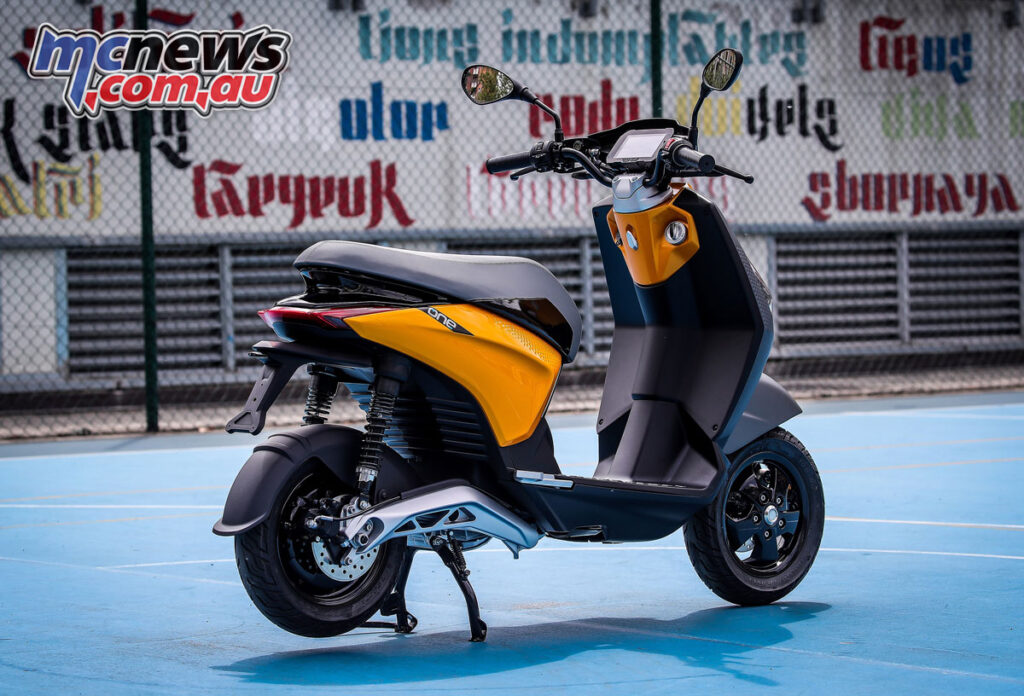
We’re still waiting for more details, but the Piaggio One looks as though it could be a popular entry level option for younger riders. It looks pretty good, and that’s a great start, particularly for the youth market it is aimed at. We will wait and see how likely it is that the machine will be offered in Australia.
Source: MCNews.com.au

